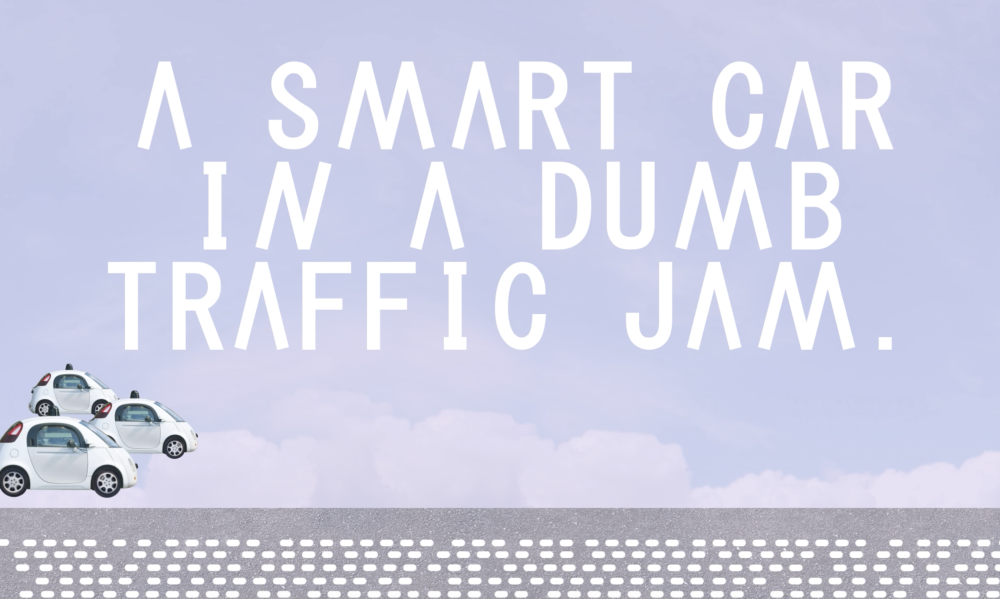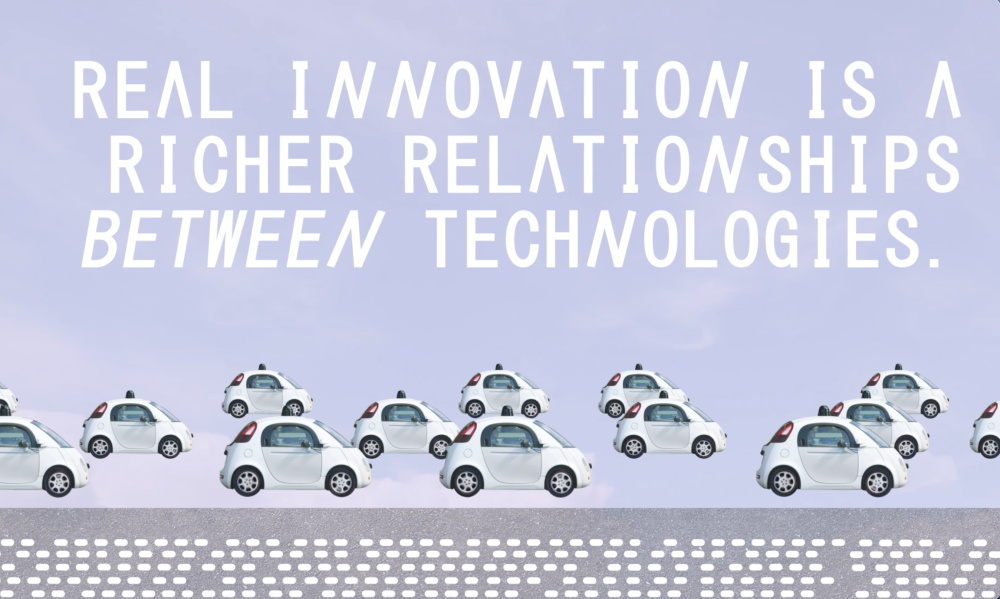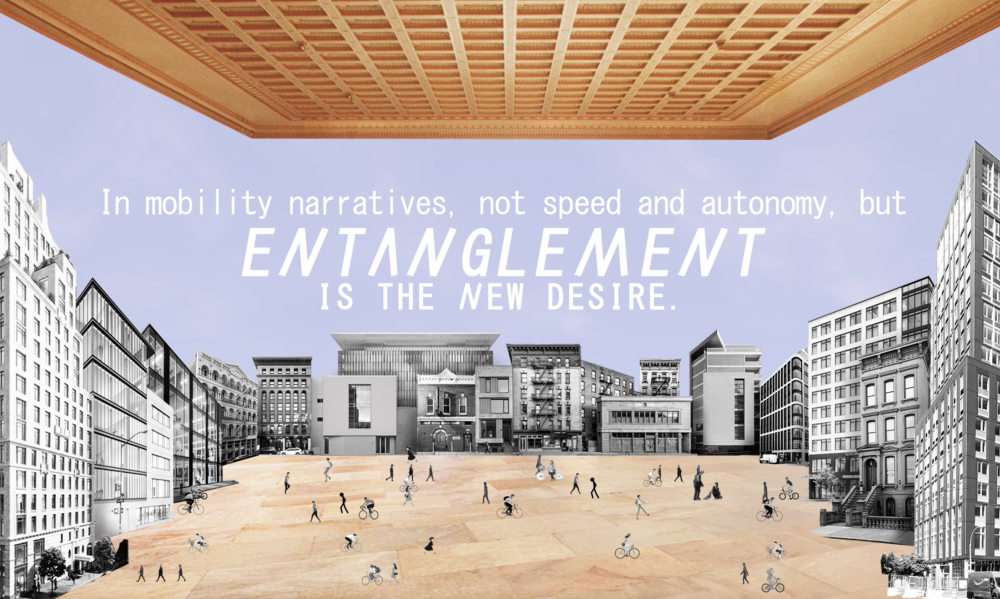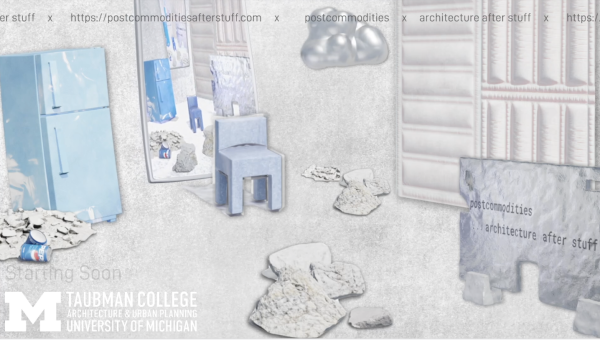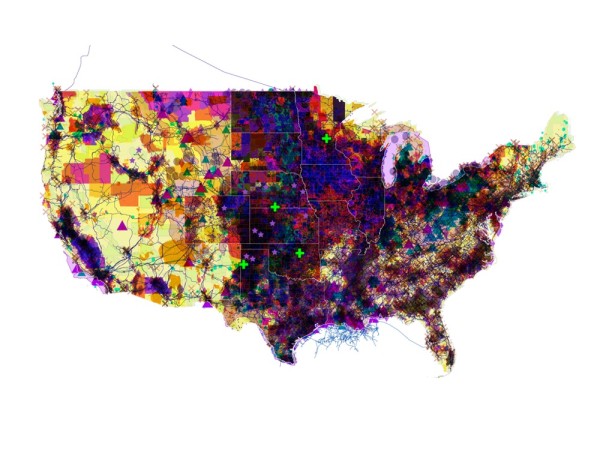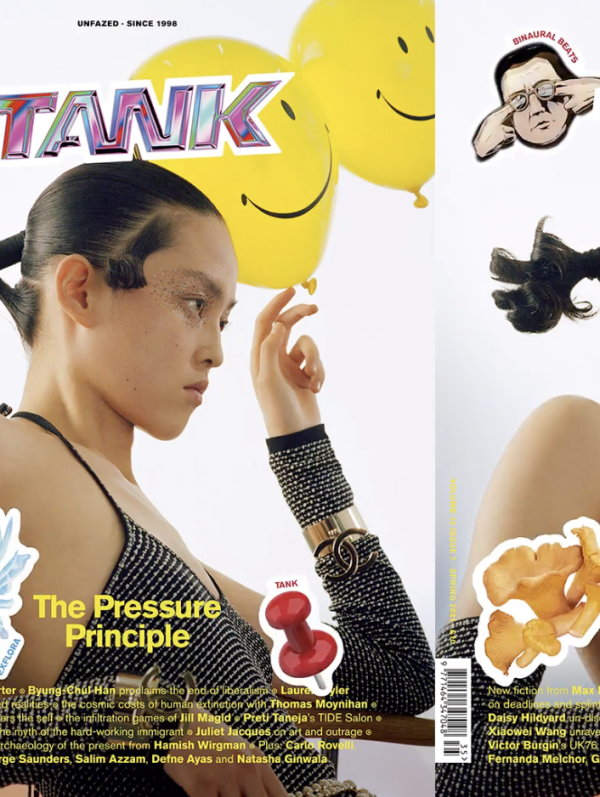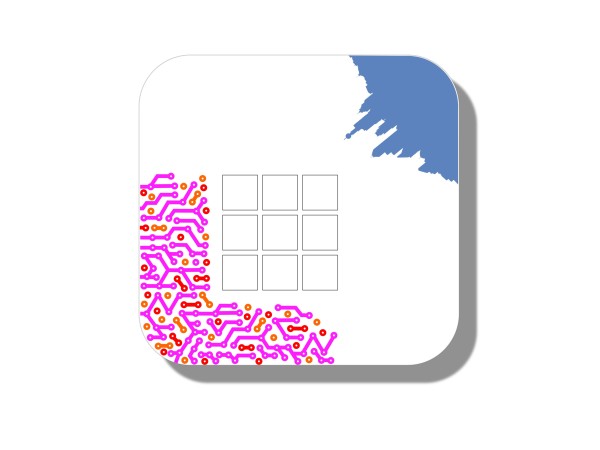Switch
2015
Electric vehicles will reduce emissions. But more important is the shift away from individually owned cars to fleets of shared cars. Fleets of cars, especially autonomous vehicles, promise to reduce emissions and increase mobility. But there is a boomerang effect. If cars are used in lieu of transit they will create unprecedented congestion. (Imagine every transit seat inflated to the size of a car.) A smart car in a dumb traffic jam.
Sprawl, emissions, and vehicle miles traveled (VMT) will increase. You will travel longer to accomplish more far-flung errands in a slow network of horizontal elevators. And there is still no source of revenue to repair existing highways.
But instead of (another) new technology (like flying cars) real innovation is a richer relationship between technologies. High capacity transit and low capacity cars need each other. They deliver ridership to each other. Together with bicycles, they create a productive chemistry that gets cars off the road and reduces emissions, vehicle miles traveled, and sprawl.
A switch is physical spatial volume where the commuter upshifts to transit and downshifts to shared cars or bicycles for the last mile home. A switch consolidates repetitive trips that require owning multiple cars. It’s the place for day care, grocery shopping, after school lessons, exercise and other components of a busy itinerary. Only the mixture of different vehicles can offer this convenience, safety, and relief.
In mobility narratives, not speed and autonomy, but entanglement is the new desire. Because fleets can penetrate underserved areas, the switch can address inequality, racial discrimination, and disability. And it is a robust, diverse, job-rich hub that generates revenues to support infrastructure maintenance.
The neighborhood also now has a new component. Within walking or biking distance from every house, a switch at a school or an old mall offers a number of programs to serve households. Lanes of traffic, parking lots and garages dissolve into green or become revalued for other uses. The switch is an innovative relationship—a mobility interplay that stimulates mutualism, redoubles community economies, and reverse-engineers sprawl.
Video Collaboration with Scott Simpson (2021)
Archinect

